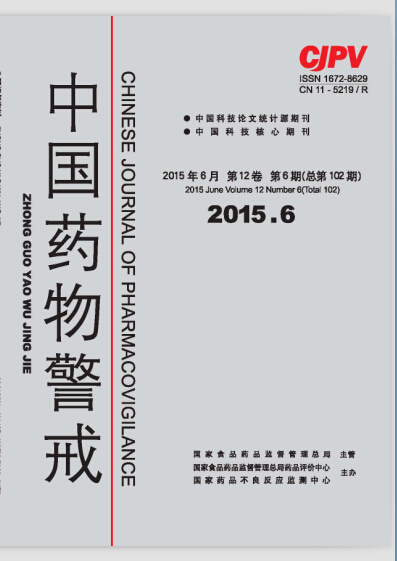|
|
Stability of Cefazolin Sodium Pentahydrate Mixed with Tinidazole in Vitro
HAO Hao-hua,SONG Jin-chun,YANG Xiao-qing,XIE Shun-lan
2015, 12(6):
368-372.
Objective To investigate the compatibility and stability of cefazolin sodium pentahydrate in sodium chloride injection and tinidazole glucose injection at 4 ℃ and 25 ℃. Methods The initial solutions are cefazolin sodium pentahydrate dissolving in tinidazole glucose injection and sodium chloride injection and stored at 4 ℃ and 25 ℃. The initial drug concentrations are 10 mg?mL-1 for cefazolin sodium pentahydrate and 4 mg?mL-1 for tinidazole. Samples were withdrawn from each container immediately after preparation and at predetermined intervals (0, 2, 4, 8, 24, 48, 72, 120, 168, 240 and 360 hours after preparation). The solutions were visually inspected for precipitation, cloudiness, and discoloration at each sampling interval. New high performance liquid chromatography (HPLC) method was used to detect the drug concentration. Results After 15 days of storage, the samples stored at 4 ℃ were tested retained >90 % of the initial concentrations of both drugs. The drug mixtures were clear in appearance, and no precipitation, not muddy, no clouds, no bubbles ,no discoloration. Throughout this period, pH values remained stable, but salt solution samples stored at 25 ℃ were tested low, 48 h later, it started to turn yellow, and after 72 h, the color deepened. The pH values of sugar and salt solution all increased significantly. Conclusion Admixtures of cefazolin sodium pentahydrate 10 mg?mL-1 and tinidazole 4 mg?mL-1 were stable for at least 15 days or more at 4 ℃ and under the condition of dark.
References |
Related Articles |
Metrics
|
